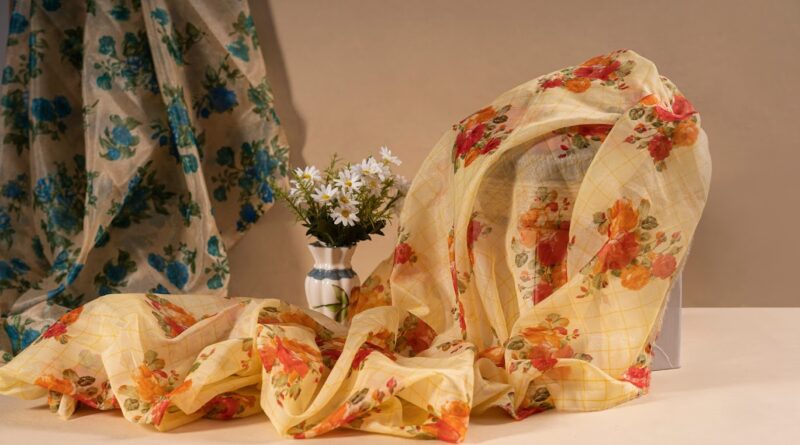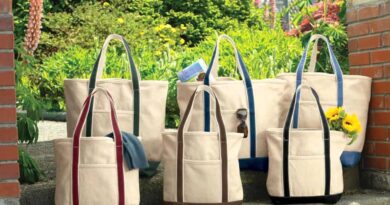The Difference Between Modal Satin, Satin, And Organza: A Comprehensive Guide
It is very common for people to get mystified by various kinds of fabrics that look the same or have the same properties. It becomes more difficult for those with little knowledge of the fabric and textile to distinguish between modal satin, satin, and organza.To eliminate such issues, we have details about all of these fabrics so that you can get the best modal satin fabric suppliers for material delivery. And can create any satin fabric dress or organza fabric saree.
Modal satin
Modal fabric is a semi-synthetic fabric manufactured from beech tree pulp that is used mostly for clothes, such as underwear and pajamas, and domestic products, such as bed sheets and towels. Semi-synthetic modal, albeit technically a kind of rayon, is manufactured from both natural and synthetic components. Another plant-based fabric is rayon, which is more durable and flexible than cotton.
This class of rayon exhibited the incredible progress of the textile industry. Viscose rayon was developed as a cheaper alternative to the original rayon, which was prohibitively costly in the nineteenth century. However, the process of making viscose rayon was prohibitively costly prior to the invention of the modal.
Features of modal satin
Stretchable
Flexible Modal Satin is perfect for manufacturing sportswear because of its elasticity.
Softness
It produces a considerable level of softness, which is why it is utilized for manufacturing nightwear and bedsheets.
When it comes to absorbing water and perspiration, the fabric is 50% more effective than cotton.
Durability
Long strands and a tight weave give the modal its strength and durability.
Drape
You can have nice and smooth drapes with this material, just like with rayon.
Eco-friendly
Because it has elements of regenerative plants, modal satin uses fewer chemicals than other types of fabrics. The manufacture of modal fabric is marginally less harmful to the environment than that of viscose rayon. The lower quantities of caustic soda needed to break down and purify the cellulose used to create this fabric are primarily responsible for the greater environmental benefit.
Color fasting
When washed in warm water, Modal Satin absorbs the color and does not run or fade.
Wrinkle -free
It is wrinkle-resistant and requires minimal ironing to keep its smooth and silky appearance.
For summer weather
Modal is 50 percent more absorbent than cotton, so it’s great for keeping you dry and cool while you’re wearing it. Modal, which is naturally supple and comfortable, is ideal for the warmer months.
Satin fabric
Silk was the only useful material to make satin in medieval China. The Silk Road brought both cloth and weaving skills to the Middle East, where they soon became commonplace. In the eleventh century, Italy was the first Western nation to mass-produce satin, and it quickly gained popularity.
Satin is the name of a weave, not a particular raw material, and is thus not a trademark. Twill weaving is used to generate it from low-twist yarn. More than one warp thread is used to create a satin weave, which has four or more weft threads passing over one warp thread. Weaving involves weaving the weft thread or threads over and beneath the warp threads, which are kept immobile on the loom.
The sheen of satin is shiny and smooth, and it has a unique appearance. One side of the cloth is glossy and smooth, whereas the other side is matte or drab. Although satin is undeniably a lovely fabric, dealing with it may be quite difficult for tailors since it keeps sliding away!
Satin’s properties
Shiny looks
Weave organization in satin weaves results in a lustrous, silky right side and a drab backside. Satin is a luxury fabric that has a silky hand feel to it.
Nice drape
With their softness and smooth drape, satin weaves are suitable for evening attire as well as drapes because of their high concentration of fibers and flexibility.
Durability
Satin is a more durable fabric than many plain weaves. As producers produce it, from long filament threads that interact tightly.
Wrinkle free
As a general rule, heavier satins are less likely to wrinkle than thinner satins.
Organza
Organza is a low-density, lightweight fabric. The low density of the material gives it a sheer appearance. Organza fabric is typically usable to construct clothes that are put over heavier clothing. But it is also sometimes useful for making a range of home textiles due to its transparency and great breathability.
Organza used to be created only from silk. Synthetic fibers, such as polyester and nylon, are now useful for making the material. In general, synthetic materials are more robust. Yet they’re also more sensitive and vulnerable to damage. Organza is prone to cleaning in a washing machine because of its sensitivity. Many people prefer to have their organza dry cleaned instead of washing it by hand, but this isn’t always possible.
In western countries, this material is highly usable for wedding outfits. Its sheer nature helps in creating the fluffy look of such dresses. For this apparel, organza fabric is dyes with white colors. Dancing dresses and evening gowns also include this fabric in production.
Apart from this, organza material is suitable for home furnishing products like curtains and lamp cover.
Organza’s characteristics
Transparent look
Organza is a see-through textile, because of the tiny holes created by the weave. The greater the number of holes per inch, the better the cloth.
Thinness
Threads are interlink tightly with low density that create thin fabric.
Sheerness Organza is a brilliantly reflective fabric that captures and reflects light. This is due to the inherent quality of silk, as well as the handling and twisting of the fibers before weaving..
Airy and breathable
It’s easy for air to move through the holes in organza fabric, making it a highly light and airy choice for wedding dresses.
Stiffness
Organza is somewhat stiffer than ordinary silk because of the acid treatment of the threads before weaving. Designers who seek to create sculptural designs might benefit from the fabric with texture and structured drape.
Conclusion
I hope from this post, you are clear about these fabrics. And if you also want any modal satin fabric manufacturers or organza fabric manufacturers or satin fabric Manufacturers and Suppliers for your sew project then checkout some exclusive collections of Fabriclore with multiple varieties and high quality.



